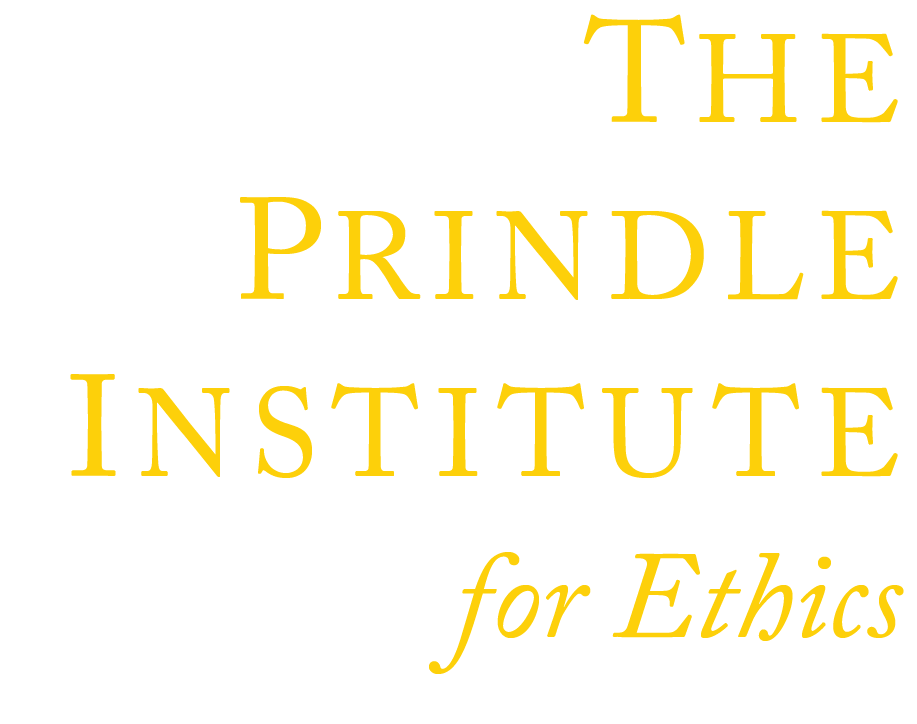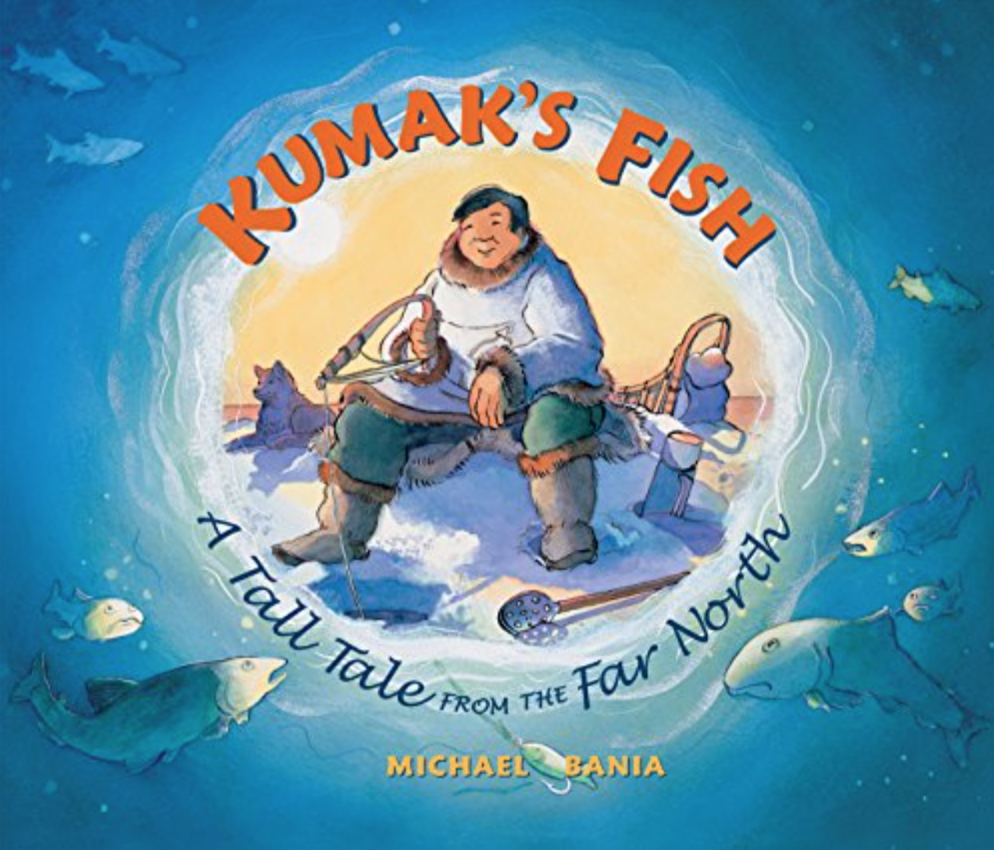Kumak’s Fish
Book Module Navigation
Summary
Kumak’s Fish is a delightful tale about ownership, perseverance, and community.
In the Far North, a man named Kumak takes his whole family ice fishing. Kumak hopes to catch many fish by bringing along his Uncle Aglu’s amazing hooking stick. With the help of his family, the entire village, and some perseverance, he gets far more than he’d bargained for.
Read aloud video by Reading Street
Guidelines for Philosophical Discussion
Kumak’s Fish is a story about a community brought together by perseverance. Also, this book lends itself to a simple and fun activity which allows the children to have a first-hand experience of the scenario presented.
Children are aware of the idea of community. In Kumak’s Fish, you see what a community is able to accomplish by working together. If you dig deeper, you can probe further into certain societal contexts such as social contracts and rights. In the story, the villagers quickly come to assist Kumak when he calls out for help. This is an interesting jumping-off point. Why do the villagers do this? Do they have an obligation? Is there some kind of agreement people silently share when problems arise? What understanding do you have within these groups to which you belong? Are the villagers simply aiding Kumak because they have a responsibility as members of this community? This will get children past thinking of the community as just a city, town, or neighborhood and thinking on a grander scale. It is important for children to discover what sorts of things build a community and possibly even bring different communities together. Further discussion can lead them to better understand their roles within a particular group of people as well as their duties. Having the children converse about how individuals alter their groups is an excellent way for them to develop awareness of the impact they can have on their community and the positive or negative influence they can make.
In the book, who owns the fish is never explicitly stated. First, Kumak’s family says how happy the villagers will be when they return with the fish. Then in the end, the fish is used for a feast to feed the entire village. However, the title Kumak’s Fish implies that the fish are owned by Kumak. As the ownership is unclear, a question is raised as about establishes ownership. Different communities have different methods of determining who is entitled to something. Generally, we would accept that by working for a living and then buying products with the money earned, the products become yours. In the case of fish in a lake, ownership is less clear. Prior to removing fish from a lake, they belong to no one; and in the same manor they belong to everyone. Does removing the fish from the lake make these fish yours? In the case of Kumak, the fish could not have been removed without the help of the villagers. If putting work into getting the fish makes them yours, the fish become owned by the villagers (Kumak and his family included). However, the question of physical versus psychological aid must be addressed. If these two forms of helping people are equally valuable, then why should they change whether the helper is entitled to something? Through discussing ownership, a more clear understanding can be made of why the things we own are ours and whether or not we are really entitled to them. For children, this can be a very interesting discussion as much of what they own was earned for them by their parents.
Perseverance can be challenging to discuss because many people hold the perceived notion that one should always persevere, regardless of what one might have to sacrifice. The idea that trying again is the right thing to do is developed at a young age. Children are told by teachers, parents, and stories to never give up. The concept of persevering has been adapted into pop culture through movies, motivational speakers, and the old belief that you should never give up on your dreams. This makes it difficult to remove these set ideas and go back to why or whether it really is important in the first place. In the story of Kumak’s Fish, Kumak must keep holding onto the hooking stick until help comes. Then his family and the villagers must hold on and pull or else they risk loosing the large catch. It seems that all hope is lost when Kumak himself is pulled into the water, but the rest do not give up and Kumak and all the fish are pulled out of the water. Through this story, the children can move to discuss what helps one to persevere, what makes a person want to give up, and whether they really must always try again or if there are times when it is okay to move on without succeeding.
Questions for Philosophical Discussion
- Where’s the Far North? (Understand where the Arctic is.)
- What do they wear to stay warm? (Understand what parka and mukluks are used for.)
- What is the man doing in this picture? (Understand what ice fishing is.)
Ownership
- Who owns the fish and why?
- What makes someone own something?
- Are there things that are yours and also someone else’s?
- If you could not have had something without the help of someone else, does that mean they own it too?
- What if the help is not physical but psychological. Is there a difference?
- What do you share in a community?
- If you and someone else share things, should you treat these things differently?
Perseverance
- How does Kumak try to persevere?
- How do the villagers try to persevere?
- Would catching the fish have been possible if Kumak had not held on first?
- When have you had to wait for help to come?
- What do you gain from perseverance? (Talk about what perseverance means if it has not previously come up.)
- Is there ever a negative consequence to perseverance?
- Do you always need support to keep trying?
- What makes you not want to keep trying?
Community
- Why do the villagers help Kumak?
- Do they have to help him?
- What is community?
- Are you a part of a community?
- What connects the people in the village? What about communities in general?
- Is it important to be part of something bigger?
- What do you gain from being a member of a community?
- Does everyone contribute to a community in one way or another?
- Are different perspectives valuable in a community?
Original questions and guidelines for philosophical discussion by Joey Lucius and Serena Retson. Edited June 2020 by The Janet Prindle Institute for Ethics.
Find tips for leading a philosophical discussion on our Resources page.






